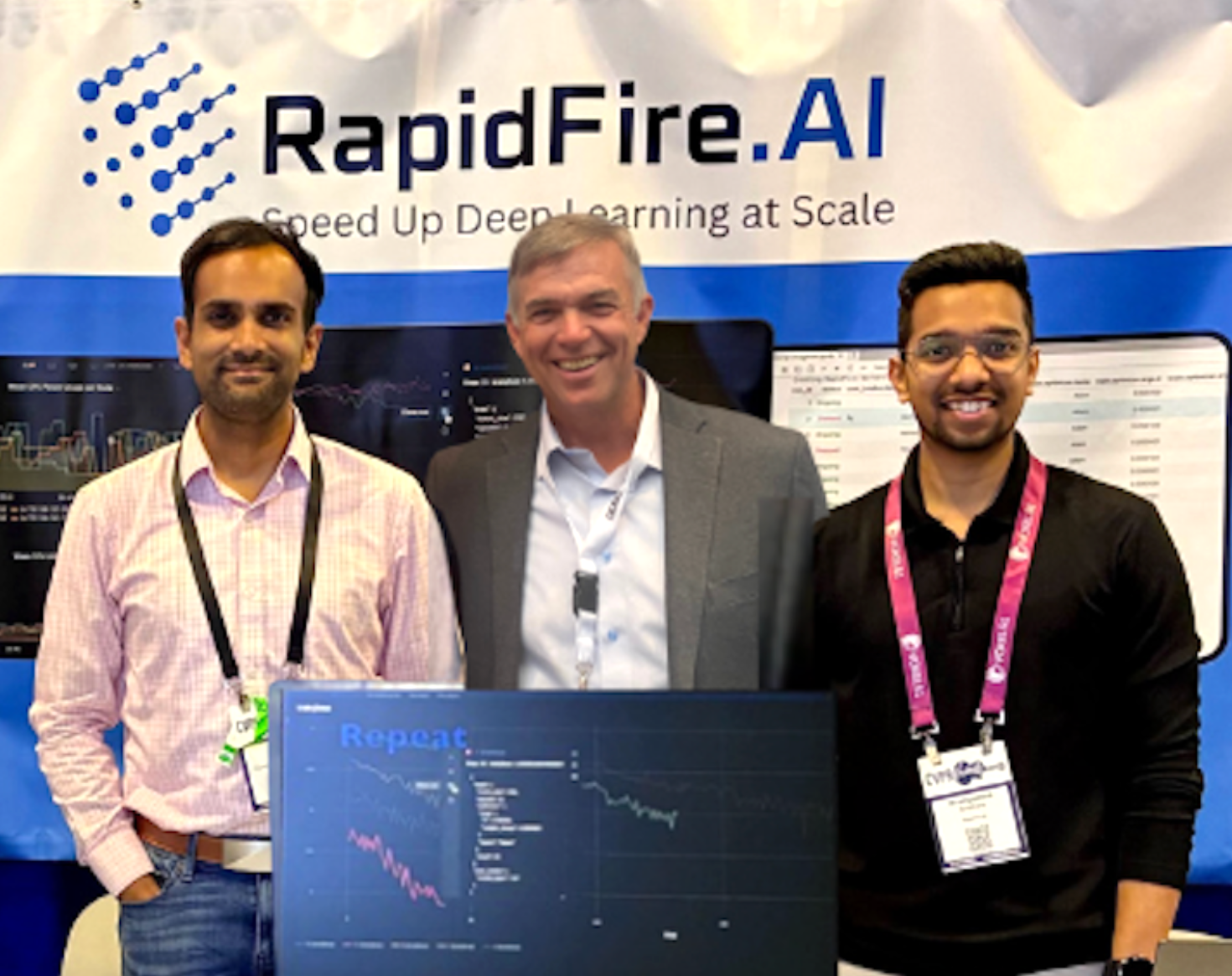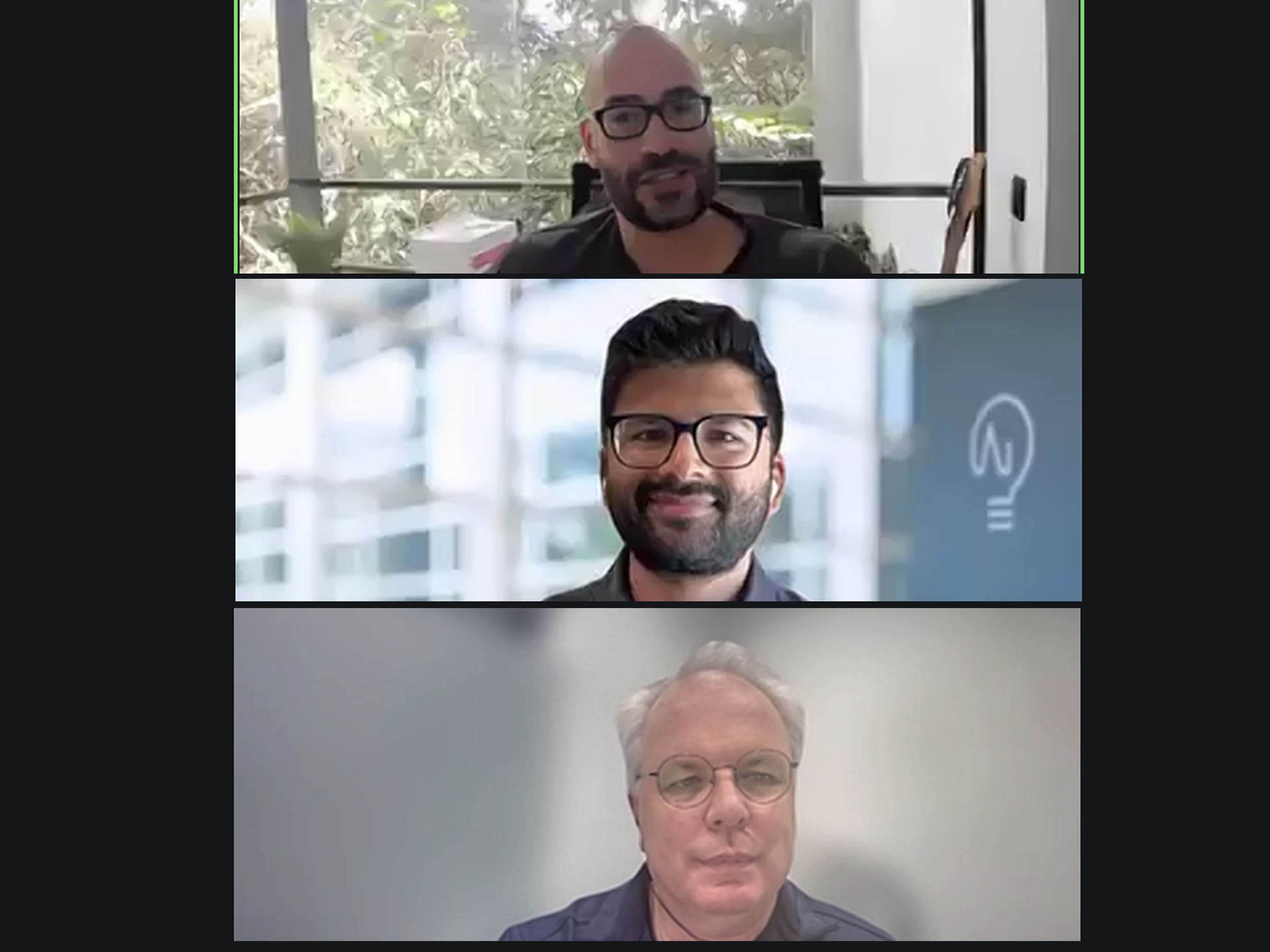
By Katherine Baird and Rishabh Singhal
The future of AI depends not just on breakthrough algorithms, but on the infrastructure that makes training those algorithms efficient, accessible, and cost-effective. Today, we’re excited to see RapidFire AI announce their open-source engine for LLM fine-tuning and post-training. The platform enables teams to run multiple experiments in parallel and can significantly increase experimentation throughput on the same hardware.
The problem hidden in plain sight
Every AI team faces the same painful reality: customizing large language models is slow, expensive, and uncertain. The typical workflow forces teams into sequential experimentation—pick a configuration, wait hours for results, adjust based on limited feedback, and repeat.
From our work with many AI teams, we’ve seen how this sequential approach creates a fundamental bottleneck. Teams end up testing only a handful of “safe” configurations because GPU time is costly, leaving potentially better combinations undiscovered. The search space is vast, and without the ability to explore it systematically, teams often settle for suboptimal results.
Meanwhile, despite increased competition among cloud providers, GPU access remains inconsistent and can be expensive for cutting-edge hardware. Teams need more experimentation throughput, not just more raw compute power.
The RapidFire approach
RapidFire transforms AI development from a guessing game into a data-driven engineering discipline. Rather than running one configuration at a time, RapidFire enables teams to launch dozens of experiments simultaneously—even on a single GPU—while maintaining the ability to stop, resume, and clone promising runs in real-time.
We saw a significant opportunity in the model training space and were excited to co-found this company with Jack Norris, Arun Kumar, and Pradyumna Sridhara. Arun brings exceptional research credentials in efficient model training, Pradyumna complements this with deep engineering experience with distributed systems, while Jack has extensive knowledge of developer workflows and the ability to translate complex technical concepts into practical solutions. This combination gave us confidence that the team could execute on both the technical innovation and market opportunity.
RapidFire’s breakthrough lies in its chunked execution approach. By splitting training data into manageable chunks and cycling configurations at chunk boundaries, teams get early signals across all experiments while keeping GPU utilization high. The platform’s Interactive Control Operations let practitioners act on those signals immediately—pruning weak configurations, cloning high performers, and warm-starting new variations without checkpoint management overhead.
The results speak for themselves: teams routinely see 16-20× faster time-to-signal and significantly fewer wasted GPU-hours compared to sequential approaches.
The bigger picture: Democratizing AI excellence
RapidFire AI addresses a critical infrastructure gap in the AI ecosystem. As models become more specialized and domain-specific, the ability to efficiently customize and iterate on these models becomes a competitive advantage. We’re moving toward a future where every organization will need bespoke AI models tailored to their specific use cases and performance constraints.
By dramatically reducing the cost and complexity of model experimentation, RapidFire democratizes access to state-of-the-art AI capabilities. Teams that previously couldn’t afford extensive hyperparameter sweeps can now explore the full space of possibilities. Organizations that lacked infrastructure for large-scale training can achieve better results on existing hardware.
The environmental implications are equally important. More efficient training means lower energy consumption per model, contributing to sustainable AI development practices as the field scales globally.
What’s next
RapidFire AI’s open-source release represents just the beginning. The platform integrates seamlessly with the existing PyTorch and Hugging Face ecosystem, supporting popular workflows like SFT, DPO, and GRPO. Early customers report not just faster iteration cycles, but fundamentally better model outcomes through more thorough exploration of the configuration space.
AWS’s Faraz Shafiq, working with RapidFire, notes that “As organizations customize LLMs for specific domains, the ability to iterate quickly and intelligently across fine-tuning and post-training workflows becomes critical.” RapidFire AI fills precisely this gap.
Looking ahead, we see RapidFire becoming essential infrastructure for AI teams—the kind of tool that seems obvious in retrospect but transforms how an entire industry operates. The combination of parallel execution, real-time control, and automatic optimization creates a new paradigm for model development that we expect will become standard practice.
We’re proud to have co-founded RapidFire AI alongside Jack, Arun, Pradyumna, and the broader team, supported by our co-investors at .406 Ventures, Willowtree Investments, and Osage University Partners. Together, we’re building the infrastructure layer that will enable the next generation of AI breakthroughs.
The future of AI depends on smarter algorithms and smarter ways to build them. RapidFire AI represents a significant step toward that future.


